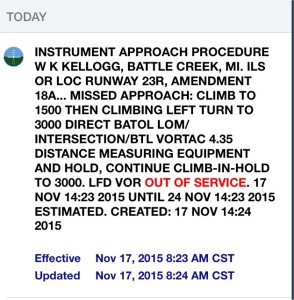While this winter has been warm to start, it will get colder. And winter flying increases the likelihood that pilots will experience carbon monoxide while flying.
The FAR/AIM details some information in section 8-1-4 (Click here to see more – https://www.airresearch.com/Pilots/AIM-08/Chap8/aim0801.html), defining it as “a colorless, odorless, and tastelass gas contained in exhaust fumes.” This gas “can significantly reduce the ability of the blood to carry oxygen,” which adversely affect pilot health with major symptoms being headache, drowsiness, or dizziness which can lead to loss of consciousness or even death.
Most light aircraft that we fly have heaters that operate by air flowing over the manifold or fuel fired heaters that, if cracks are present, can potentially allow exhaust fumes into the cabin of the aircraft.
As we all go into flying in the winter season, an added awareness of the potential symptoms is encouraged. Continue reading


 This past summer we were visiting friends in Bermuda and got talking about how their family came to Bermuda originally. While Martin came to Bermuda after meeting his dear wife Jo, she was born on the island and it was her grandparents that had been the first generation of her family to emigrate to Bermuda.
This past summer we were visiting friends in Bermuda and got talking about how their family came to Bermuda originally. While Martin came to Bermuda after meeting his dear wife Jo, she was born on the island and it was her grandparents that had been the first generation of her family to emigrate to Bermuda.